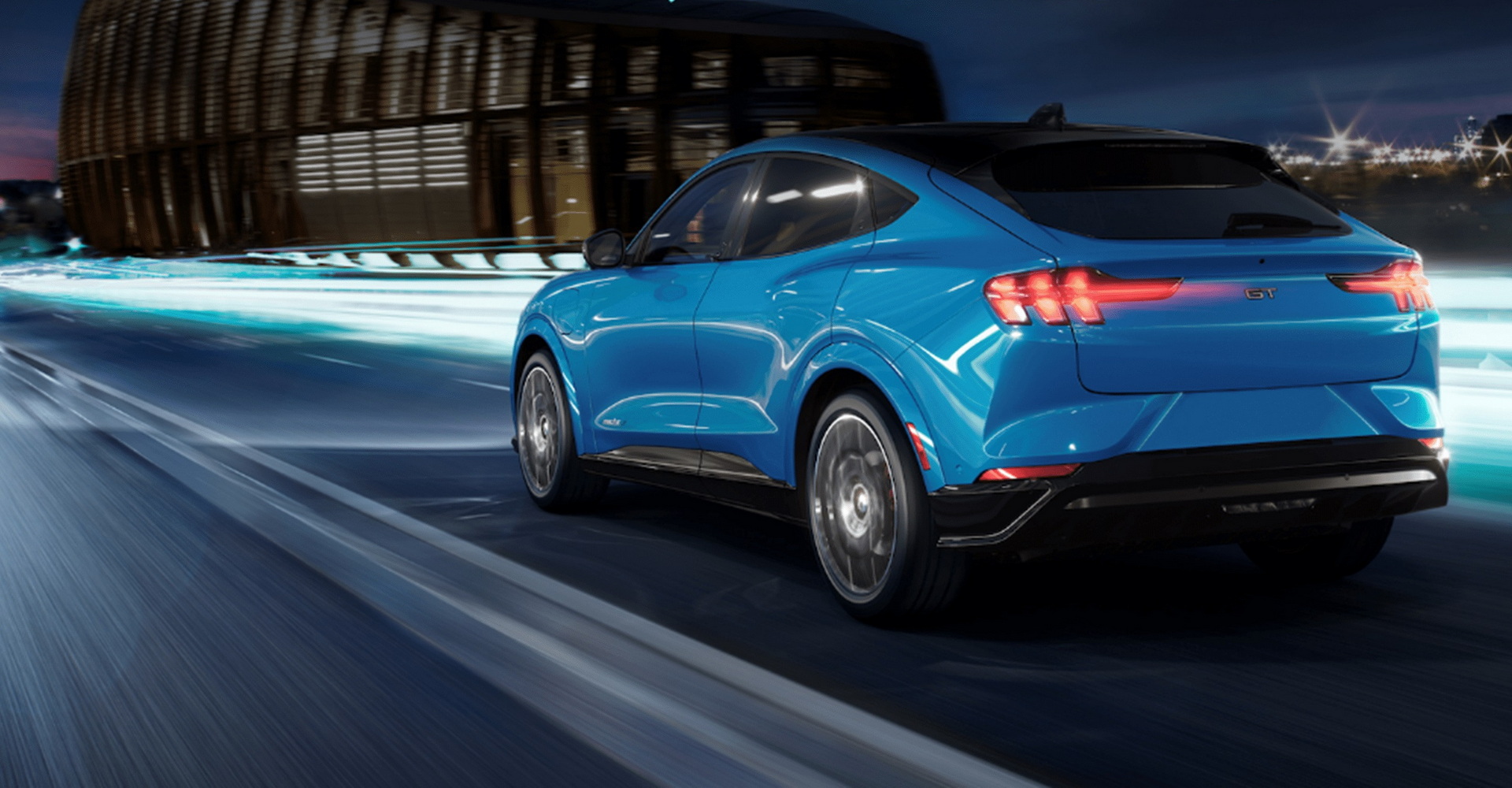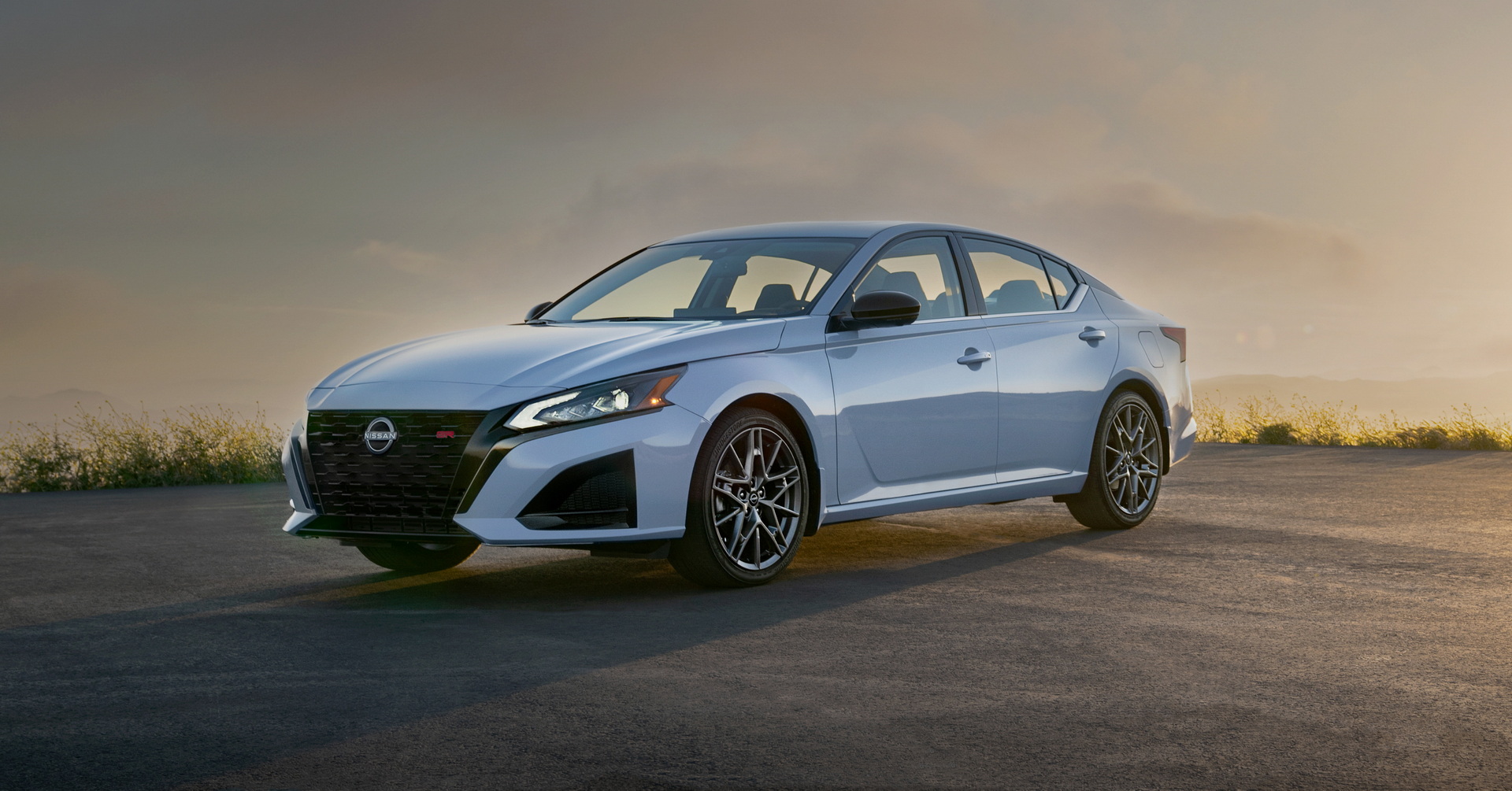The Insurance Institute for Highway Safety (IIHS) has found that the performance of the automatic emergency braking systems aimed at saving pedestrians’ lives suffers significantly when the sun goes down.
The institute looked at the performance of 23 vehicles, among them midsize cars, SUVs, and small pickups. Just four earned its highest “Superior” rating, while half earned a basic score or no credit at all.
“As we expected, most of these pedestrian AEB systems don’t work very well in the dark,” said IIHS President David Harkey. “But it’s clear automakers can rise to this new challenge, as Ford, Nissan and Toyota each earn superior ratings for some models.”
Read More: Pedestrian Crash Avoidance Tech Works Well But Not In Low Light And High Speeds
The four vehicles that earned the Superior score were the Ford Mustang Mach-E, the Nissan Pathfinder, the Toyota Camry, and the Toyota Highlander. Only the Pathfinder, though, was able to avoid a collision with a pedestrian dummy at all test speeds with both high and low beams activated.
The Camry, Highlander, and Mustang Mach-E, meanwhile, were able to avoid collisions at 25 mph (40 km/h), but they made impact with the dummy when they were traveling at 37 mph (60 km/h), headlights notwithstanding. Fortunately, all slowed substantially and did mitigate their impacts.
Another seven vehicles earned the lower “Advanced” rating: the Honda Accord, Hyundai Palisade, Hyundai Sonata, Nissan Frontier, Nissan Murano, Subaru Ascent and Subaru Outback. None was capable of avoiding an accident at 37 mph (60 km/h) and most struggled at other speeds when only the low beams were active.
Eight models, meanwhile, earned just a basic score: the Chevrolet Traverse, Ford Explorer, Ford Maverick, Ford Ranger, Mazda CX-9, Volkswagen Atlas, Volkswagen Atlas Cross Sport, and the Volkswagen Tiguan. These struggled in all but the lowest-speed tests.
Finally, the Chevrolet Malibu, Honda Pilot, Nissan Altima, and Toyota Tacoma did not perform well enough at nighttime to earn any credit at all. These vehicles did not or only barely slowed before hitting the dummies in multiple tests.
The results are particularly concerning because 19 of these 23 vehicles earned a “Superior” or “Advanced” rating in daytime conditions. The results matter, meanwhile, because, although pedestrian AEB systems are useful at any time of day, they are most needed at night. Federal estimates show that pedestrian crash deaths have risen nearly 80 percent between 2009 and 2021 and three quarters of those fatalities occurred at night.
Indeed, a recent IIHS study found that pedestrian AEB systems were effective at reducing pedestrian crashes by a quarter on vehicles equipped with the technology. At night, however, on unlit roads, its research found that the systems did not perform well enough to make a statistical difference. The organization is, therefore, introducing this to its battery of tests for 2023. At that time, an “Advanced” or “Superior” rating at night will be necessary for a Top Safety Pick+ award.







